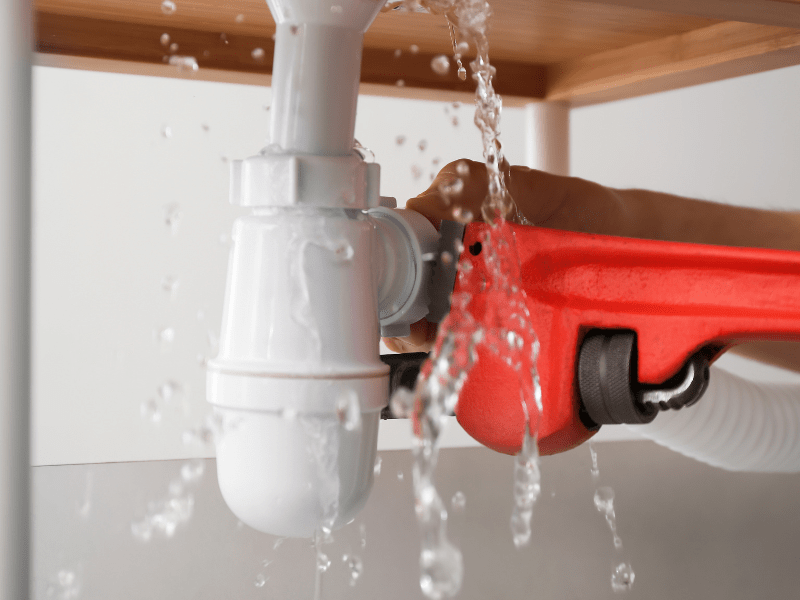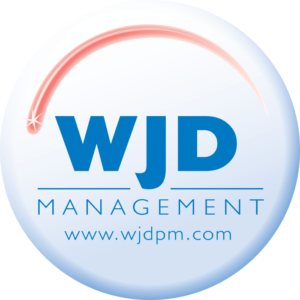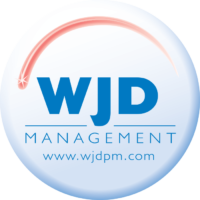What is the Hardest Part of Property Management? Insights
Property management is no walk in the park. It’s filled with unique challenges that can test even the most seasoned professionals. But, what is truly the hardest part of property management? In this piece, we delve into the multifaceted nature of property management, exploring elements like tenant dynamics, fiscal obstacles, and upkeep difficulties to unravel what makes it such a daunting field.
You’ll learn how to navigate tenant satisfaction and retention effectively—crucial for keeping your properties profitable. We also cover strategies for optimizing revenue without cutting corners on service quality. Plus, we discuss ways to boost operational efficiency, saving you time and money in the long run.
From understanding legal intricacies to mastering marketing tactics for your rental listings, prepare to gain insights that could transform your approach to property management.
The Intricacies of Tenant Management and Retention
Exploring the multifaceted challenge of nurturing a fulfilling relationship with renters, aiming for their happiness, and employing tactics to keep good tenants on board.
Enhancing Tenant Satisfaction Through Communication
Tenant satisfaction hinges on clear, open communication. It’s the secret sauce to not only attracting quality tenants but keeping them around longer too. Think about it: happy tenants are like gold in the real estate world, especially when you consider that losing a tenant can cost 2-3 times their monthly rent.
To keep those lines of communication strong, property managers need to be proactive and transparent. Thus, ensuring tenants are kept in the loop with timely information on upkeep timelines or any alterations to their living environment is essential. But here’s the kicker: it also involves listening. Truly understanding tenant concerns and acting on them promptly can turn potential issues into non-issues.
The goal? To build trust with your tenants so they feel valued and heard—a surefire way to boost retention rates. After all, a satisfied tenant is more likely to renew their lease, reducing turnover costs for property owners.
Navigating Financial Aspects and Revenue Optimization
Managing the financials of property management isn’t just about keeping the lights on; it’s a delicate dance between maximizing monthly rent and ensuring your properties are never empty for too long. Rent collection might seem straightforward, but when you factor in the complexities of maintaining tenant satisfaction, things get trickier.
Enhancing Tenant Satisfaction Through Communication
Tenant retention is not just good business—it’s crucial for profitability. The cost associated with a tenant leaving can skyrocket to 2-3 times their monthly rent. Highlighting the significance of fostering robust connections via effective dialogue tactics, this figure emphasizes how crucial it is to make residents feel appreciated and listened to.
To keep this balance, property managers must wear many hats—from being an empathetic listener to a decisive problem solver—ensuring that issues are addressed promptly to prevent dissatisfaction from escalating into vacancies.
Effective Operational Efficiency and Time Management
Streamlining Processes with Property Management Software
In the realm of property management, time is not just money; it’s everything. Imagine a world where 80% of your operational costs are chewed up by just 20% of your processes. Sounds like a nightmare, right? Well, that’s the harsh reality for many in this business, thanks to what we call the Pareto Principle.
To combat this imbalance, savvy managers are turning to property management software. It’s not a case of substituting personal interaction for digital tools, rather it’s about augmenting productivity by automating tasks. From scheduling maintenance repairs to handling tenant queries multiple times a day—software solutions can significantly reduce those time-consuming processes.
But here’s the kicker: while these tools do wonders for slashing operational costs and improving time management, they also indirectly benefit something often overlooked—the mental health of property managers. The less you’re bogged down by administrative chaos, the more headspace you have for creative problem-solving and personal well-being.
Challenges in Maintenance and Repairs
Implementing Efficient Maintenance Workflows
Maintenance requests are the bane of a property manager’s day, yet they’re crucial for tenant satisfaction. The key? Implementing efficient maintenance workflows. It’s not merely about swift reactions; it involves establishing a structured approach that guarantees every issue is addressed thoroughly, ultimately cutting down on long-term operational expenses.
A robust workflow includes detailed inspection reports at move-in and move-out inspections to prevent disputes over damages. These documents should clearly outline the state of the property at different times, providing a solid basis for any necessary repairs or maintenance duties.
Implementing management software has revolutionized how we handle property oversight, simplifying the complex choreography of inspections and upkeep. It not only simplifies the dialogue among residents, estate overseers, and janitorial staff or alternative service contributors but also meticulously logs every inquiry and its resolution. With such tools at your disposal, handling maintenance becomes less time-consuming and more manageable—allowing you to focus on improving processes elsewhere.

Strategic Marketing and Tenant Acquisition
Rental Market Analysis
Finding tenants in today’s rental market is like navigating a ship through unpredictable waters. Market analysis becomes your compass, guiding you towards understanding what potential renters are looking for. In today’s fluctuating rental landscape, landlords can fine-tune their approach by scrutinizing prevailing tendencies to align with what lessees seek.
Embarking on this journey starts with a deep dive into the unique characteristics of rental spaces in your vicinity. This means not just glancing at prices but understanding why certain locations are more desirable than others and how features of a property affect its rentability. It’s about getting under the skin of the market.
To stay ahead, one must constantly monitor fluctuations in the market. Events around the world have shown us that markets can change overnight, making it crucial for those managing rental properties to adapt quickly. For instance, an increase in remote work has spiked interest in properties with home offices or quiet spaces.
To secure tenants efficiently, it’s essential to harness comprehensive market insights, refining promotional strategies to attract the ideal occupants precisely. This ensures that listings reach interested parties who are already looking for what you offer – cutting down vacancy times and improving profitability by hitting right at target audience’s needs.
Legal Complexities and Lease Management
Drafting lease agreements is like navigating a minefield blindfolded if you’re not up to speed with the current real estate laws. It’s all fun and games until someone steps on a legal landmine, causing disputes that could have been avoided.
Enhancing Tenant Satisfaction Through Communication
Tenant satisfaction hinges not just on the property itself but also on clear, concise communication right from the start. Drafting comprehensive lease agreements sets expectations and reduces misunderstandings down the line. Think of it as setting up dominoes perfectly; one misstep can send everything crashing down.
This process begins with understanding your tenant’s needs and reflecting these in every clause of your agreement. Keep in mind, a content tenant often upholds their end of the bargain more diligently, simplifying interactions for everyone engaged.

Professionalism in Property Management
Imagine the world of property management as a high-stakes game where professionalism isn’t just a choice; it’s your ace. In our capacity as real estate professionals and custodians of properties, we navigate beyond simple exchanges to embody roles rich with responsibility and care. In our role, we’re guardians of confidence, architects of ease, and occasionally magicians in addressing distinctive challenges.
Enhancing Tenant Satisfaction Through Communication
The bridge between a tenant merely occupying space and them cherishing their home lies in communication. Taking the initiative to engage rather than waiting to respond transforms occupancy into a valued living experience. When you manage mental health resources effectively, for instance, you don’t just address issues; you prevent them from escalating.
This focus on preemptive care helps in retaining quality tenants—those who respect the property and timely meet their obligations—which is vital since losing a tenant can mean losing two to three times the monthly rent in turnover costs.
Conclusion
Mastering tenant relations is key. Remember, a happy tenant often means a profitable property. We explored the art of ensuring tenant contentment and emphasized the significance of holding onto top-notch residents.
Money matters. From rent collection to optimizing revenue, we explored financial strategies that work. Cutting costs without cutting corners can boost your bottom line.
Maintenance isn’t just about fixing things; it’s about preventing problems before they start. Streamlining processes not only spares you from migraines but also carves out more hours in your day.
Legal know-how keeps you safe from disputes and fines. Knowing the ins and outs of lease agreements is non-negotiable.
The hardest part of property management? It’s juggling these diverse responsibilities while keeping an eye on profitability, satisfaction, and compliance. But with the right approach, it’s not only possible—it’s rewarding.


